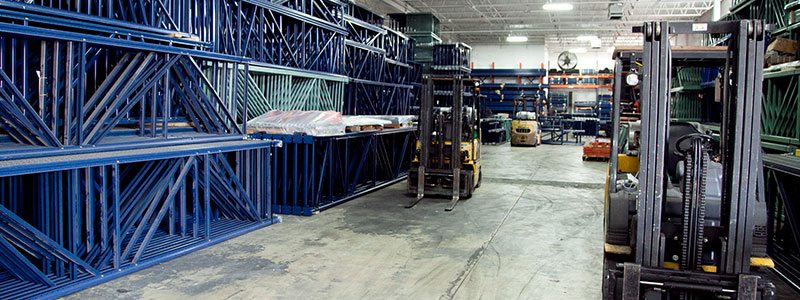
Step by step instructions to your warehouse processes will enable you to monitor progress, give your employees something to follow to minimize mistakes, and make your operation more efficient overall. Many warehouse managers do not want to take the time to establish those processes and document them, but it is an absolute necessity.
The first step is to break your operation into parts, grouping like activities together. For instance, there are Inbound and Outbound activities.
Breaking it down further, how else can you group items to make sense? For the purpose of this example, let’s break them down into:
- Management
- Purchasing
- Receiving
- Order Management
- Inventory Management
- Shipping
Then decide if those departments are on the inbound or outbound side. Some, like Management and Inventory Management, likely have processes in each, and that’s okay. The important thing is to know that and assign them accordingly.
Once you have the groups assigned, then identify the processes in each. The following examples are not all inclusive, just provided to get you started:
Management: Analyze customer needs, Marketing, Public Relations, Create Promotions or Campaigns, Presentation
Purchasing: Analyze customer orders, Determine purchases, Replenish the Supplier from the Warehouse, Negotiate with Suppliers, Manage Records, Interface with Accounting
Receiving: Inbound Scheduling, Yard Management, Receive, Verify, Break Bulk, Sort, Stock
Order Management: Create orders, Interface with Payment and Accounting, Identify and Record Fraud, Allocate Inventory, Returned Merchandise, Process Returns
Inventory Management: Inventory Status, Cycle Count, Inventory Count, Picking, Putaways, Safety Stock to Prime Bins, Replenishment, Recordkeeping
Shipping: Pack, Label, Ship, Schedule Outbound Shipments, Proof of Delivery
You can document these processes in different ways. Some managers prefer step by step written instructions while others like a visual aid, such as a flowchart. Whichever method you choose, stay consistent and use it with each process for each area.
It is a good idea to periodically audit the processes. Employees are resourceful. As he or she performs the process every day, he or she may find and implement improvements that might not get documented. An audit ensures that not only are improvements noted, but that employees are following the process as designed, making it easier to identify errors or root causes in the event of a complaint or an investigation.
The processes in your warehouse is what keeps product moving in and out, efficiently and to the satisfaction of both the customer and upper management. Knowing those processes inside and out will make you a stronger manager and your team a force to be reckoned with.


.png)

